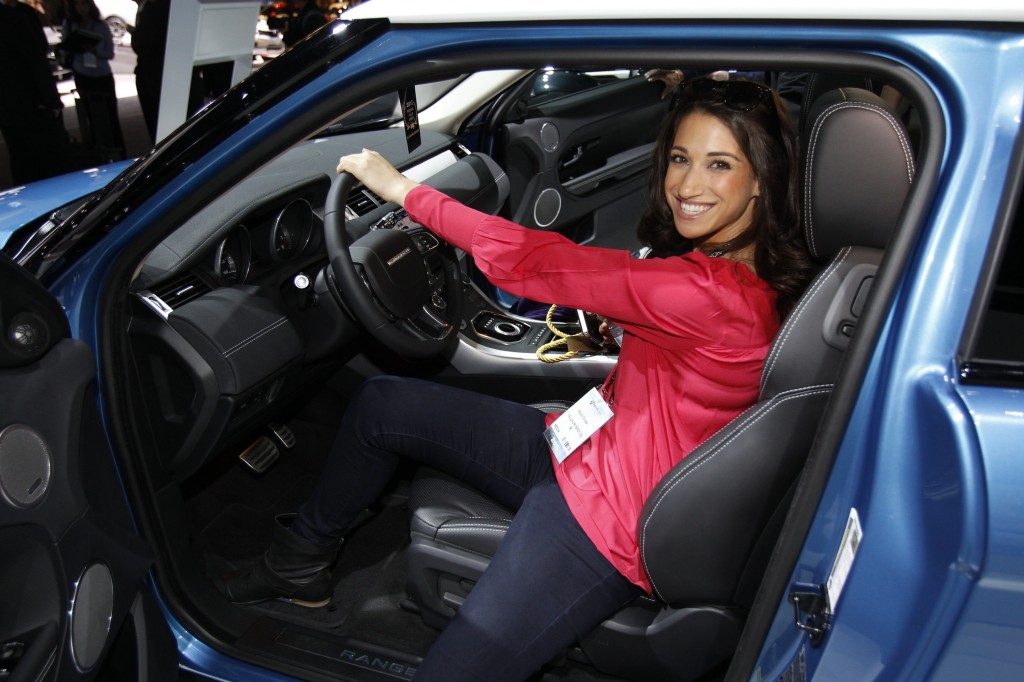While car seats are designed to keep your child secure and comfortable, many parents inadvertently commit dangerous mistakes that can compromise their little ones’ road safety.
If you’re currently looking for a car seat or preparing for a family road trip, here are five common car seat safety mistakes you must avoid.

Purchasing the wrong car seat
Some parents tend to assume that all car seats are made equal, causing them to settle for a seat unsuitable for their young ones. With plenty of choices available, be sure to check the best infant seat carriers before going to the baby store.
Consider your child’s age, weight, height, and size, and choose a car seat that meets the federal safety standards. Make sure your preferred car seat is easy to clean and can fit in your vehicle.
Buying a used or recalled car seat
While a second-hand car seat may seem economical, using an old one is unsafe and inefficient. Remember that car seats expire, so the older they are, the less effective they’ll be. Moreover, most used car seats don’t come with the instruction manual, which indicates essential information, especially the proper installation. It is also possible that the second-hand car seat you’re interested in has been involved in a vehicular accident or recalled recently. Generally, buying a new car seat is more practical and cost-effective than using a hand-me-down.
Incorrect installation
No matter how expensive or high-quality your car seat is, it won’t be able to protect your child from an accident if it’s incorrectly installed. Read the manufacturer’s instructions and your vehicle’s manual to ensure you’re placing it properly. Pay attention to the harness straps, as they should be correctly positioned and tightened. Since children grow quickly, inspect the harness straps frequently and avoid dressing your little ones in layers of clothing, as it can significantly influence the fit of the harness straps.
Switching to forward-facing too soon
Another common mistake parents make is turning the car seat into the forward-facing position too soon. The American Academy of Pediatrics recommends that all infants and toddlers be in a rear-facing car seat as long as possible or until they reach the maximum weight or height allowed by the seat’s manufacturer. Since your child’s neck and spine are still developing, the rear-facing position provides the necessary support, and can help lessen the risk of life-threatening injuries should an accident occur.
Positioning the car seat at the wrong angle
Reclining the car seat incorrectly is another crucial mistake parents often make. Follow the manufacturer’s guidelines and recline the car seat accordingly. Over or under-reclining can damage your little one’s spine and airway, so ensure you angle their car seats correctly. Check the manual or consult a child passenger safety technician if your car seat doesn’t have adjusters or angle indicators.
A car seat is probably one of the most important investments you need to secure for your child. Avoid making these mistakes, and don’t hesitate to ask for professional help if in doubt.
This post was sponsored, but falls in line with our editorial goals and values.








